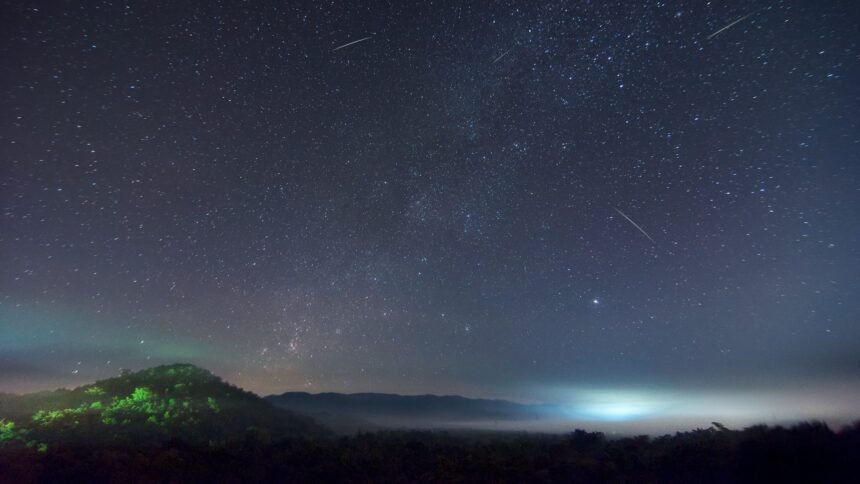The night sky has long been a canvas for celestial wonders, and among them, the Leonid meteor shower stands out for its captivating and periodic meteoric storms. Occurring approximately every 33 years, these storms transform the usual meteor shower into a breathtaking spectacle, leaving stargazers and astronomers alike in awe.
The Leonid meteor shower is associated with the debris trail left by the comet Tempel-Tuttle, which completes its orbit around the sun every 33 years. As the comet travels through space, it sheds particles, creating a trail of cosmic dust. When the Earth passes through this debris trail, the particles burn up upon entering the Earth’s atmosphere, creating the radiant display known as the Leonid meteor shower.
The 33-year periodicity of the Leonid meteor storms is a result of the orbital period of Comet Tempel-Tuttle. Each time the comet swings close to the sun, it replenishes its trail of debris. The Earth then intersects this dense part of the debris trail roughly every 33 years, leading to an enhanced meteor shower.
The history of the Leonid meteor storms is marked by memorable events. One of the most notable occurrences was in 1833 when observers reported thousands of meteors per hour, creating a storm of unparalleled intensity. The skies were ablaze with streaks of light, leaving a lasting impression on those fortunate enough to witness the event.
Technological Advances and Observation:
Advancements in technology have allowed scientists to study and predict these periodic meteor storms more accurately. Observatories and space agencies worldwide deploy telescopes, cameras, and satellite instruments to capture and analyze the phenomena associated with the Leonid meteor shower. This data aids in understanding the dynamics of the comet and its debris trail.
For enthusiasts eager to witness the Leonid meteor storms, patience and clear skies are key. Choosing a location away from light pollution and timing the observation during the peak of the shower increase the chances of experiencing the full magnificence of this celestial event.
The Leonid meteor shower, with its spectacular storms every 33 years, continues to captivate the imagination of skywatchers. As we delve deeper into our understanding of comets and celestial mechanics, each occurrence of the Leonid meteor storm provides a unique opportunity to unravel the mysteries of our cosmic neighborhood, reminding us of the ever-changing and dynamic nature of the universe.
